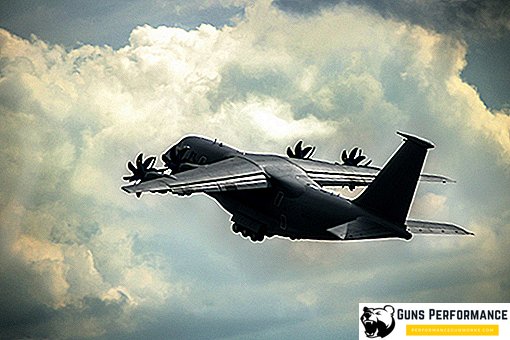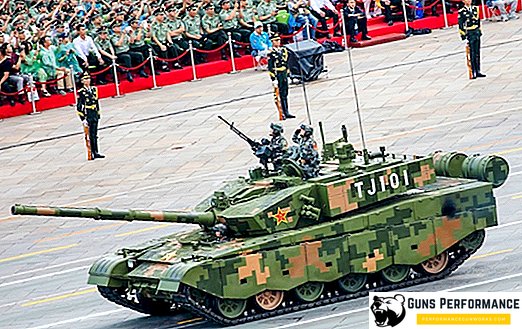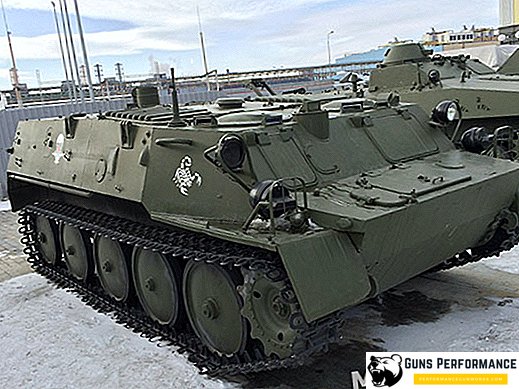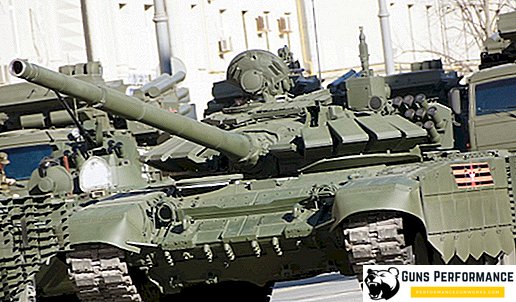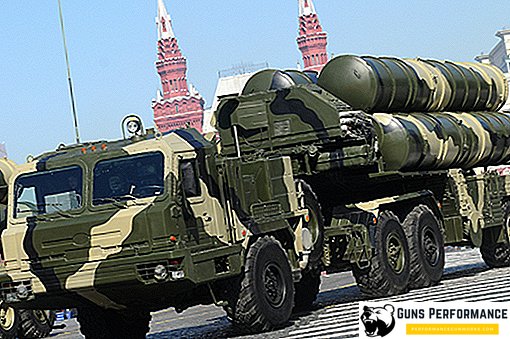A hand grenade is a powerful individual weapon. In the hands of a skilled and well-trained grenade fighter - a formidable and effective means of combat. Grenades jokingly called "pocket artillery," but in this joke there is a grain of truth. A hand grenade helps a fighter solve about the same tasks on the battlefield as artillery: destroy enemy firing points, his manpower and military equipment. At the same time, a hand grenade is favorably distinguished by its simplicity of design, low production cost, low weight and does not require any additional devices for use.

The first hand grenades, similar to the modern ones, appeared at the beginning of the 20th century, they were widely used in the Russo-Japanese war, but the positional trench battles of the First World War became the high point of the pocket artillery.
Modern hand grenades RGD 5
A modern military grenade consists of a body, an explosive and a fuse. Sometimes ready-made attackers (shrapnel) are added to the grenade. The damage occurs due to the shock wave and debris. The grenade weighs a little, so a strong and skillful soldier can throw it at 40-50 meters. Among anti-personnel hand grenades emit defensive and offensive.

A defensive hand grenade usually has a larger than offensive radius of shrapnel damage. A defensive grenade is usually used from the shelter (trench) against the advancing enemy soldiers. An offensive hand grenade usually produces fewer fragments and can therefore be used even in an open area.
Hand grenade RGD 5
One of the typical representatives of manual offensive anti-personnel grenades is the RGD-5 grenade. It was put into service in the Soviet army more than half a century ago, and to date it is used in the Russian and many other armies of the world. The RGD-5 hand grenade has been used in many conflicts and wars in different parts of the world over this long period of time and has proven its effectiveness and reliability more than once.

The RGD-5 manual fragmentation grenade (decoding - a hand grenade remote) is an offensive fragmentation grenade, of a remote type (remote type means that the grenade will explode a certain time after the throw). The radius of damage at RGD-5 is small. The grenade has an oval body, compact size, its mass is also small, and the body consists of the upper and lower parts. In the upper part is a hole for the installation of a fuse. The grenade is completed with a fuse UZRGM or UZRGM-2. The fuse or trigger mechanism consists of a safety ring, a safety lever, as well as the percussion mechanism itself. The fuse of the UZRGM is inserted into the body of the grenade just before the battle, until this moment the hole for the fuse is closed by a plastic stopper.
Characteristics of the RGD 5 grenade

TTX grenades RGD-5
| Diameter, mm | 58 |
| Case height, mm | 76 |
| Height together with fuse, mm | 117 |
| Grenade weight, g | 310 |
| BB weight, g | 110 |
| Type BB | TNT |
| Fuse | UZRGM, UZRGM-2 |
| Deceleration time, sec | 3,2-4,2 |
| The radius of the scattering of fragments, m | no more than 20 |
| Radius of defeat, m2 | 28-32 |
In order to use the RGD-5 grenade, you need to unbend the mustache of the safety checks, pull out the ring and throw the grenade at the target. After the throw, the fuse will strike the primer and ignite the powder retarder. After the retarder burns out, the detonator capsule is activated and the main charge explodes. The fighter has 3.2-4.2 seconds to throw after releasing the lever in the heat of the moment.

Video review of grenades RGD-5
The RGD grenade is almost sixty years old and has been in service with the Soviet / Russian army. This grenade was licensed in Poland and Bulgaria. In addition to the main purpose, these grenades are often used to make booby traps (so-called stretch marks).

I would like to dispel some myths about hand grenades, which appeared mainly due to cinema.
- A hand grenade cannot destroy a house or disperse a crowd of enemies. The explosion of a grenade is not very strong, a person can survive even when they are close to the epicenter of the explosion.
- The same can be said about the cloud of fire that often accompanies the explosion of a grenade on the screen. Usually in the movies this is done with the help of gasoline. In reality, a grenade explosion is more like a strong cotton, almost without fire.
- It is almost impossible to tear a grenade out of your teeth. You must first unclench the antennae of the ring, and then pull it out. Even after that, pulling the check is not easy.
- Grenade is not cocked silently. When the striker pushes the cap, a rather loud bang occurs.



